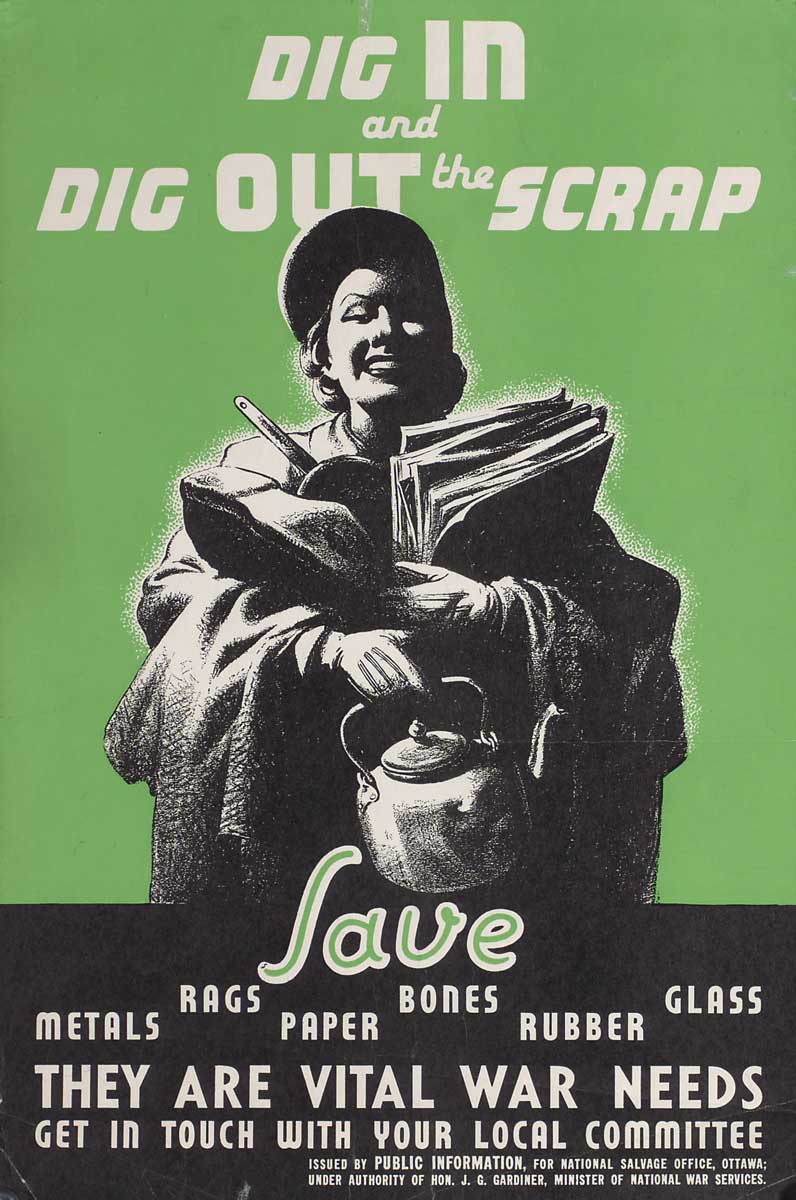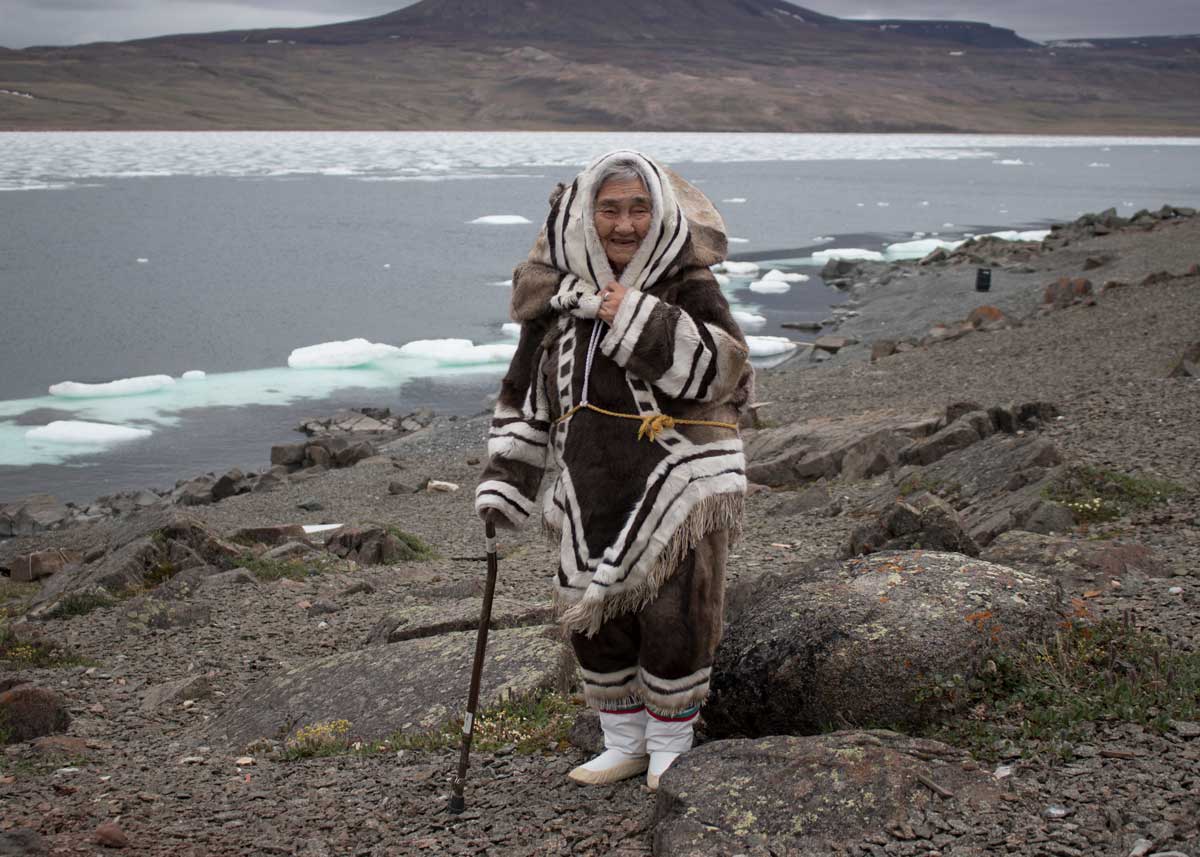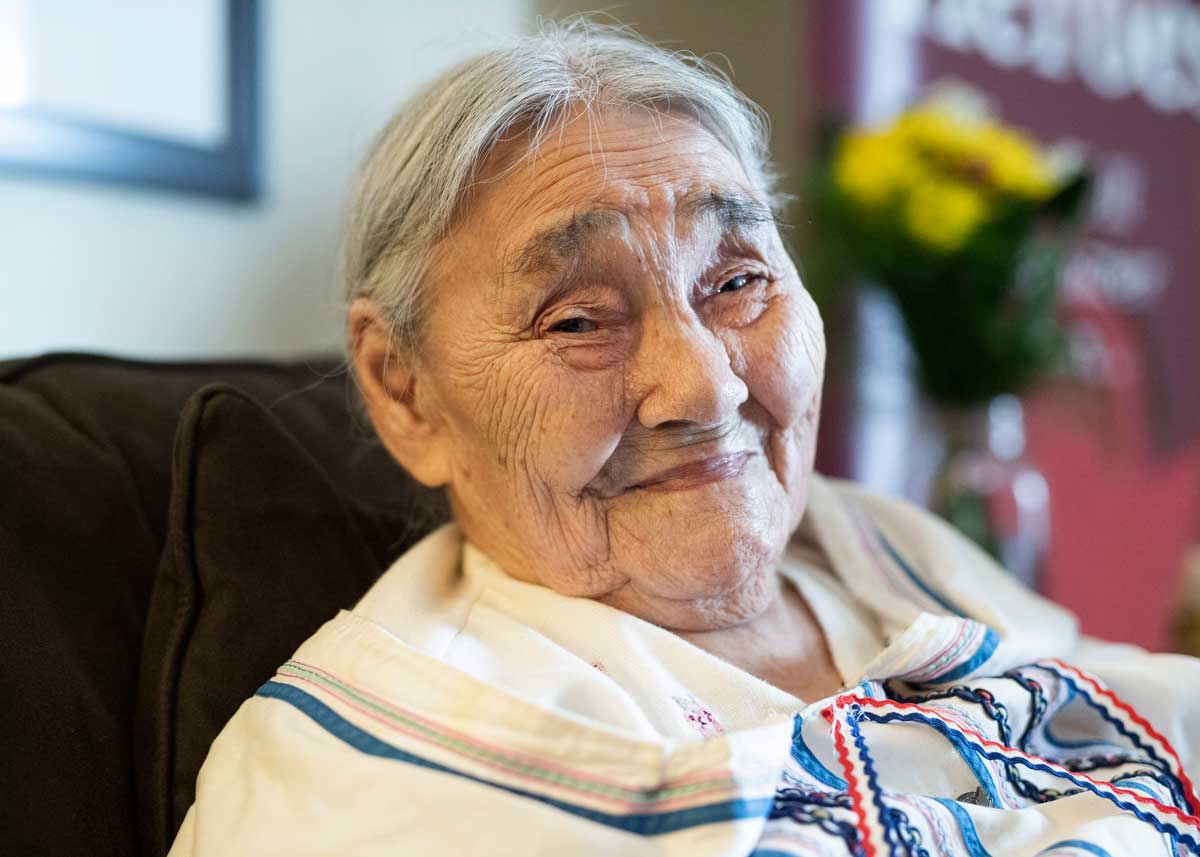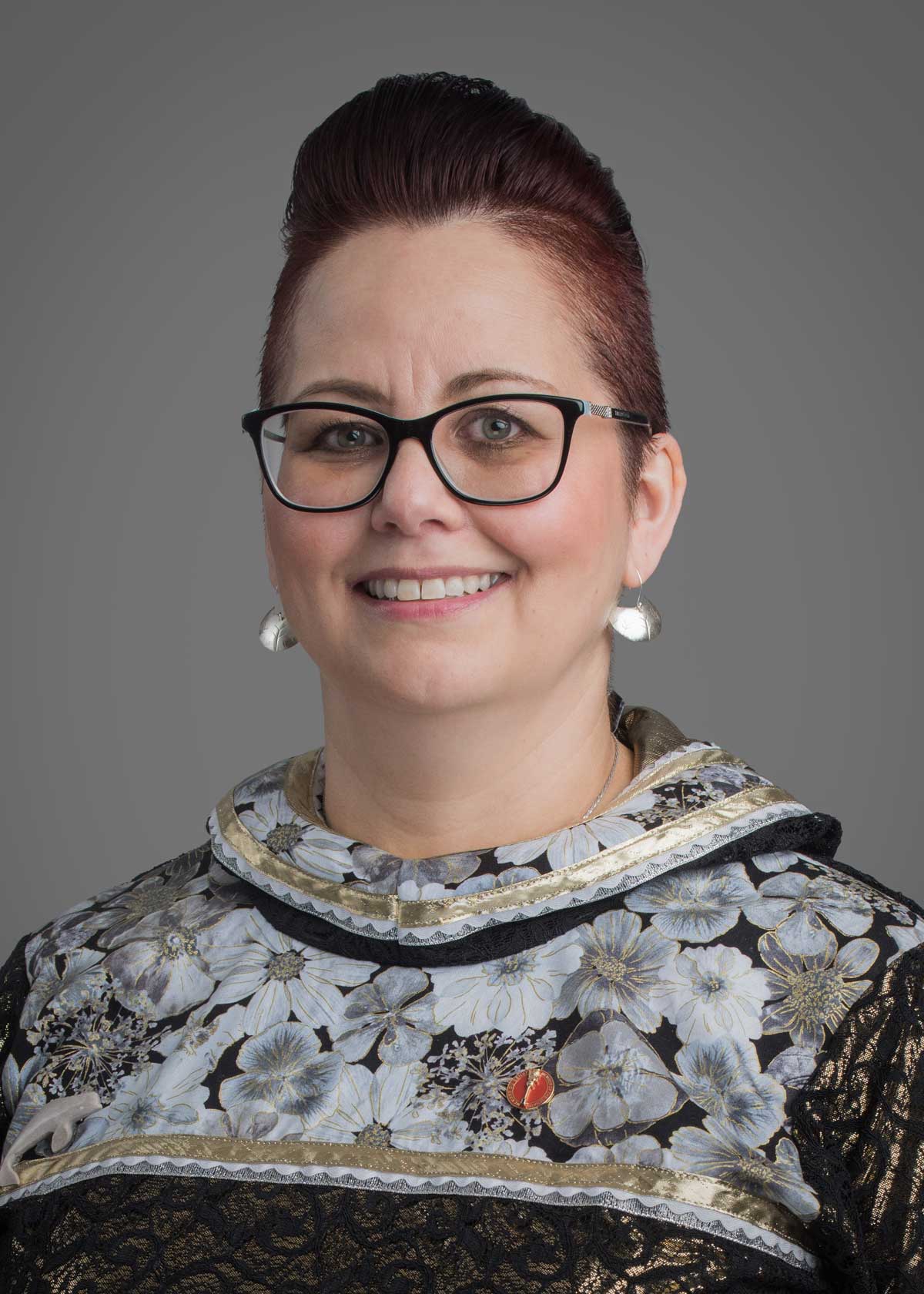Remembering our heroes: Senator Anderson honours Qapik Attagutsiak

Two years into the Second World War, Canadians at home were asked to join the war effort by salvaging virtually any item they could find to be recycled or transformed for war purposes.
“Salvage drive to be started across the nation,” read a headline in the February 5, 1941 edition of The Globe and Mail.
Canadians were asked to salvage all kinds of materials: bones, fats, metals, rags, tin foil, glass bottles, newspapers, tires and even old shoes.
Two days after Canada entered the Second World War on September 10, 1939, the federal government passed the Department of Munitions and Supply Act and industries kicked into high gear. Factories that once made bicycles and hockey skates were transformed to manufacture gun parts and tanks. The value of war production during the Second World War was nearly $10 billion in the 1940s.
The call to action also reached Canada’s far north.
Qapik Attagutsiak is the last known surviving Inuk to collect walrus, seal and dog bones in the Arctic for the war effort during the 1940s. The bones were used for aircraft glues, fertilizers and to produce glycerine in explosives.

A 1940s poster urges Canadians to collect household items to be used during the Second World War. (Photo credit: Courtesy of Toronto Public Library)
She was in her early 20s when a priest in her community told her about the war raging across the ocean.
She and her family would gather bags upon bags of animal remains to be used in the south. Some of the bones still had meat on them. Some were covered in maggots. Qapik didn’t seem to mind, according to a recording of her memoirs by Parks Canada.
“I suppose that it was worth it just as long as we win,” she said.
Qapik’s resourcefulness came into play during the war effort. By that time, she had already learned how to sew clothes and build igloo windows out of walrus intestines. At 18, she was a midwife and by the time she was 20, she was joining other Inuit in the nationwide salvage campaign.


 Senator Margaret Dawn Anderson
Senator Margaret Dawn Anderson
“Until very recently, Qapik Attagutsiak’s story largely went untold. At a formal ceremony in the Canadian Museum of History in January 2020, the government gave her national recognition for her vital war efforts at age 99,” said Senator Margaret Dawn Anderson, who represents the Northwest Territories.
"As a senator from the Canadian Arctic, it is my privilege to pay a special tribute to Qapik Attagutsiak, an inspiring Inuk woman and honoured elder. Facing uncertainty, fear of invasion, language barriers and cultural differences did nothing to deter her resolve to help others and Canada. Qapik Attagutsiak’s actions are a testament to her character, community, Inuit, and the North, and serve as a reminder that together we are stronger.
Thank you, qujannamiik, nakurmik, koana, quyanainni, Qapik for not only embodying courage, grace, strength, leadership, and humility, but also for sharing those qualities with us all!”
Related articles
Tags
Committee news
Remembering our heroes: Senator Anderson honours Qapik Attagutsiak

Two years into the Second World War, Canadians at home were asked to join the war effort by salvaging virtually any item they could find to be recycled or transformed for war purposes.
“Salvage drive to be started across the nation,” read a headline in the February 5, 1941 edition of The Globe and Mail.
Canadians were asked to salvage all kinds of materials: bones, fats, metals, rags, tin foil, glass bottles, newspapers, tires and even old shoes.
Two days after Canada entered the Second World War on September 10, 1939, the federal government passed the Department of Munitions and Supply Act and industries kicked into high gear. Factories that once made bicycles and hockey skates were transformed to manufacture gun parts and tanks. The value of war production during the Second World War was nearly $10 billion in the 1940s.
The call to action also reached Canada’s far north.
Qapik Attagutsiak is the last known surviving Inuk to collect walrus, seal and dog bones in the Arctic for the war effort during the 1940s. The bones were used for aircraft glues, fertilizers and to produce glycerine in explosives.

A 1940s poster urges Canadians to collect household items to be used during the Second World War. (Photo credit: Courtesy of Toronto Public Library)
She was in her early 20s when a priest in her community told her about the war raging across the ocean.
She and her family would gather bags upon bags of animal remains to be used in the south. Some of the bones still had meat on them. Some were covered in maggots. Qapik didn’t seem to mind, according to a recording of her memoirs by Parks Canada.
“I suppose that it was worth it just as long as we win,” she said.
Qapik’s resourcefulness came into play during the war effort. By that time, she had already learned how to sew clothes and build igloo windows out of walrus intestines. At 18, she was a midwife and by the time she was 20, she was joining other Inuit in the nationwide salvage campaign.


 Senator Margaret Dawn Anderson
Senator Margaret Dawn Anderson
“Until very recently, Qapik Attagutsiak’s story largely went untold. At a formal ceremony in the Canadian Museum of History in January 2020, the government gave her national recognition for her vital war efforts at age 99,” said Senator Margaret Dawn Anderson, who represents the Northwest Territories.
"As a senator from the Canadian Arctic, it is my privilege to pay a special tribute to Qapik Attagutsiak, an inspiring Inuk woman and honoured elder. Facing uncertainty, fear of invasion, language barriers and cultural differences did nothing to deter her resolve to help others and Canada. Qapik Attagutsiak’s actions are a testament to her character, community, Inuit, and the North, and serve as a reminder that together we are stronger.
Thank you, qujannamiik, nakurmik, koana, quyanainni, Qapik for not only embodying courage, grace, strength, leadership, and humility, but also for sharing those qualities with us all!”


